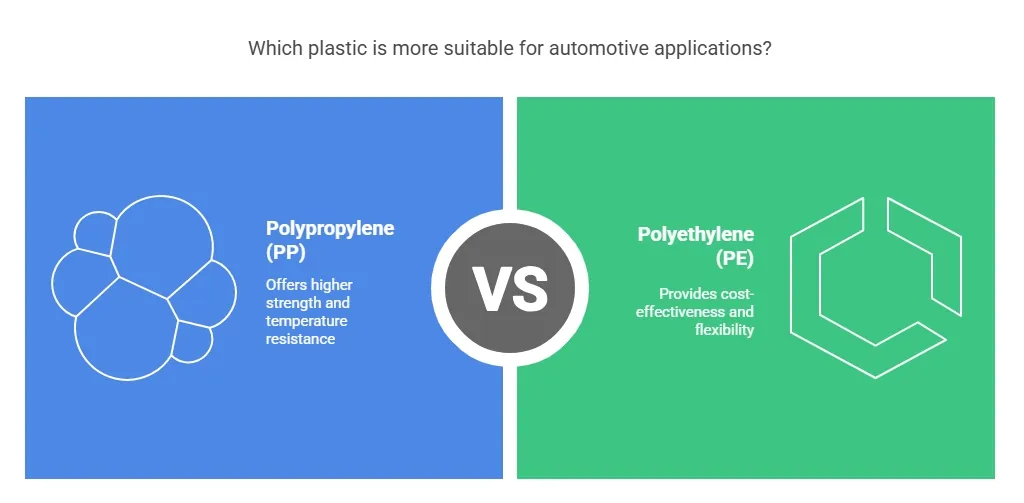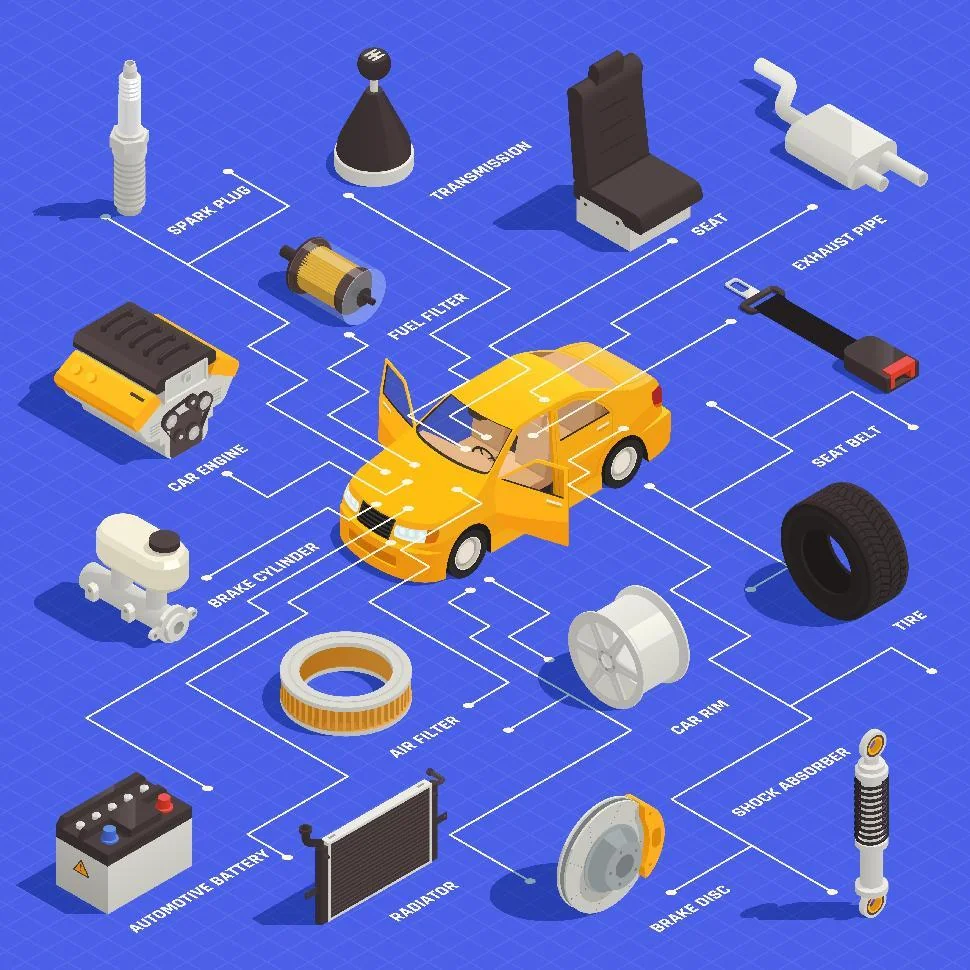Many companies are offering prototype molds before going directly to the manufacturing process for a lot of reasons. These are low-cost molds that are typically different from production mold because they are meant for short-term use only. In many ways, prototype molds are useful for several manufacturing companies when they need to make several new products, look at the specifications and see how the product functions or behave. There are many kinds of prototype molds, and each of them has benefits to a company. Let us look at the most common prototype molds used in the manufacturing process.
Table of Contents
ToggleBenefits of Prototype Molds
Because prototype molds are different from the final product in function, it also serves a different purpose. First, they are pre-production molds used in testing and solving issues before a final product is put into production. It also has shorter lead times because test products are needed to undergo further studies.
The prototype mold is also made from inexpensive materials since they are not ought to be the final version and the approach is more phased. It is only used to see the final specifications and how the product will look. If a company needs a cost-effective and reliable evaluation of a product, then this is the answer. Prototype molds can aid in the modifications, help manufacturers add or remove processes necessary before committing to make the final product, and help the business to determine what is best for the product before going into final production.
Different Type of Prototype Molds
The production of a prototype mold is both an art and science. There are a wide variety of materials available and different mold types you can choose from. Here are some of the few common variants for prototypes molds:
Master Unit Die Molds
In this type of prototype mold, a molding frame for standard injection is needed with several inserts that would define the shape of the final part (internal cavity). The method of prototyping involved in this type is CNC machining or Electric Discharge Machine (EDM) which depends on the required materials of the mold inserts.
To illustrate, if you need to use plastic with a very high molding temperature with a high number of cycles and complicated parts, you may not be able to use a CNC machine for this prototyping. An EDM machine is better equipped to do the job.
Pros:
- It lowers the turnaround time and the overall cost during revisions of the prototype.
- You can easily remove the insert, redesign it and reinject it without removing the other parts.
- It can be used for significant debugging or adjustments in the injected molded part.
Cons
- Injection molding itself presents some disadvantages during the revisions. These advantages are not for the MUD molds but rather on the iterative tools like 3D printing and CNC machines.
Aluminum Mold Tooling
Often, solid aluminum is used as the final deliverable to a project, but there are some tools that make prototype molds where you can change the design during the development of the product. Aluminum tools are generally easier to use than steel; therefore, it is easier to do the design changes compared to steel.
Pros
- It is a strong conductor of heat, meaning it cools down and heats up quickly, which makes it ideal for injection molding.
- With quicker cooling, you can do more cycles at a given time, which accounts for faster production.
- Although turnaround time is not so relevant in prototype molds, it provides an insight into the injection molded manufacturing when you go full scale.
- Aluminum tooling can help improve the flow of the materials inside the cavity. This results in a lower rate for defective parts and will save you money.
Cons
- Aluminum mold tooling has limitations on the prototype with unique finishes.
- It is not as tough as other tools like steel. Its lifespan depends on the molding temperature, number of cycles and the complexity of the parts.
Steel Prototype Mold
This type of material is usually seen in full-scale production instead of being a prototype material. However, steel prototypes are considered as higher than aluminum tooling or MUD. When the designer uses steel, they intend to see production issues and not on the part design. Major concerns can be mold flow characteristics, location of air vents concerning trapped air, material properties and the cycle time.
Pros
- It is strong and has a long lifespan.
- More thermally conductive than aluminum.
Cons
- This type is precise and intricate.
- Minimal tolerance for errors
- If there are mistakes in production, it will be costly.
Conclusion
Choosing the right type of prototype mold can be complicated as there are many options available. However, if you know the material and design that you want to develop, it can help you decide which type of variant should you used. Each of the types has its pros and cons that you can take into consideration before choosing the one that suits your requirements.







